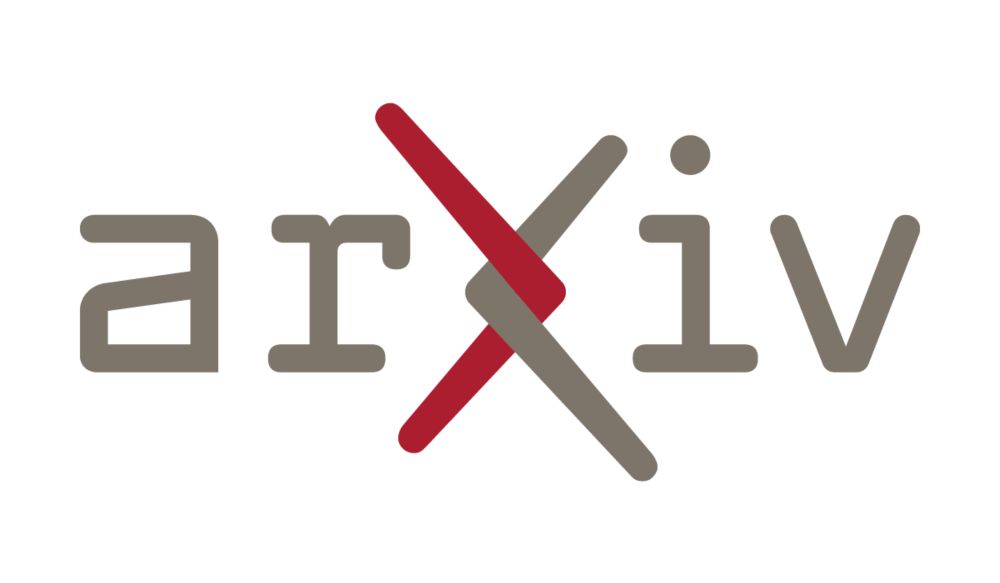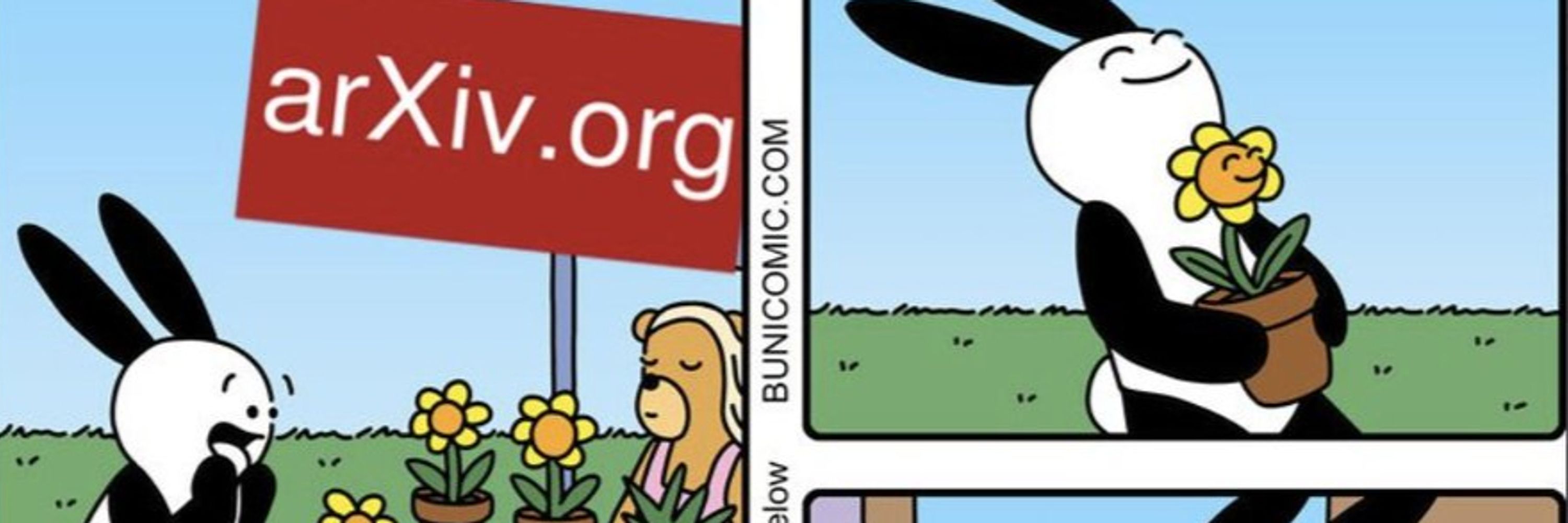Sumit
@reachsumit.com
190 followers
36 following
1.8K posts
Senior MLE at Meta. Trying to keep up with the Information Retrieval domain!
Blog: https://blog.reachsumit.com/
Newsletter: https://recsys.substack.com/
Posts
Media
Videos
Starter Packs
Pinned
Sumit
@reachsumit.com
· 8d

Probing LLMs' Knowledge Boundary: Adaptive RAG, Part 3
This post introduces techniques that probe the LLM’s internal confidence and knowledge boundaries. We explore prompt-based confidence detection, consistency-based uncertainty estimation, and internal ...
blog.reachsumit.com
Sumit
@reachsumit.com
· 14h

Retrieval-in-the-Chain: Bootstrapping Large Language Models for Generative Retrieval
Generative retrieval (GR) is an emerging paradigm that leverages large language models (LLMs) to autoregressively generate document identifiers (docids) relevant to a given query. Prior works have foc...
arxiv.org
Sumit
@reachsumit.com
· 14h

Grounding Long-Context Reasoning with Contextual Normalization for Retrieval-Augmented Generation
Retrieval-Augmented Generation (RAG) has become an essential approach for extending the reasoning and knowledge capacity of large language models (LLMs). While prior research has primarily focused on ...
arxiv.org
Sumit
@reachsumit.com
· 14h

Improving Visual Recommendation on E-commerce Platforms Using Vision-Language Models
On large-scale e-commerce platforms with tens of millions of active monthly users, recommending visually similar products is essential for enabling users to efficiently discover items that align with ...
arxiv.org
Sumit
@reachsumit.com
· 14h

HyMiRec: A Hybrid Multi-interest Learning Framework for LLM-based Sequential Recommendation
Large language models (LLMs) have recently demonstrated strong potential for sequential recommendation. However, current LLM-based approaches face critical limitations in modeling users' long-term and...
arxiv.org
Sumit
@reachsumit.com
· 1d

A Longitudinal Study on Different Annotator Feedback Loops in Complex RAG Tasks
Grounding conversations in existing passages, known as Retrieval-Augmented Generation (RAG), is an important aspect of Chat-Based Assistants powered by Large Language Models (LLMs) to ensure they are ...
arxiv.org
Sumit
@reachsumit.com
· 1d

Evaluating Retrieval-Augmented Generation Systems on Unanswerable, Uncheatable, Realistic, Multi-hop Queries
Real-world use cases often present RAG systems with complex queries for which relevant information is missing from the corpus or is incomplete. In these settings, RAG systems must be able to reject un...
arxiv.org
Sumit
@reachsumit.com
· 1d

Probing Latent Knowledge Conflict for Faithful Retrieval-Augmented Generation
Retrieval-Augmented Generation (RAG) has emerged as a powerful paradigm to enhance the factuality of Large Language Models (LLMs). However, existing RAG systems often suffer from an unfaithfulness iss...
arxiv.org
Sumit
@reachsumit.com
· 1d

SMEC: Rethinking Matryoshka Representation Learning for Retrieval Embedding Compression
Large language models (LLMs) generate high-dimensional embeddings that capture rich semantic and syntactic information. However, high-dimensional embeddings exacerbate computational complexity and sto...
arxiv.org
Sumit
@reachsumit.com
· 1d

SMILE: SeMantic Ids Enhanced CoLd Item Representation for Click-through Rate Prediction in E-commerce SEarch
With the rise of modern search and recommendation platforms, insufficient collaborative information of cold-start items exacerbates the Matthew effect of existing platform items, challenging platform ...
arxiv.org
Sumit
@reachsumit.com
· 1d

The Role of Parametric Injection-A Systematic Study of Parametric Retrieval-Augmented Generation
Retrieval-augmented generation (RAG) enhances large language models (LLMs) by retrieving external documents. As an emerging form of RAG, parametric retrieval-augmented generation (PRAG) encodes docume...
arxiv.org
Sumit
@reachsumit.com
· 1d

SAIL-Embedding Technical Report: Omni-modal Embedding Foundation Model
Multimodal embedding models aim to yield informative unified representations that empower diverse cross-modal tasks. Despite promising developments in the evolution from CLIP-based dual-tower architec...
arxiv.org
Sumit
@reachsumit.com
· 1d

CTRL-Rec: Controlling Recommender Systems With Natural Language
When users are dissatisfied with recommendations from a recommender system, they often lack fine-grained controls for changing them. Large language models (LLMs) offer a solution by allowing users to ...
arxiv.org
Sumit
@reachsumit.com
· 1d

DeepMMSearch-R1: Empowering Multimodal LLMs in Multimodal Web Search
Multimodal Large Language Models (MLLMs) in real-world applications require access to external knowledge sources and must remain responsive to the dynamic and ever-changing real-world information in o...
arxiv.org
Sumit
@reachsumit.com
· 2d

Table Question Answering in the Era of Large Language Models: A Comprehensive Survey of Tasks, Methods, and Evaluation
Table Question Answering (TQA) aims to answer natural language questions about tabular data, often accompanied by additional contexts such as text passages. The task spans diverse settings, varying in...
arxiv.org
Sumit
@reachsumit.com
· 2d

HUME: Measuring the Human-Model Performance Gap in Text Embedding Task
Comparing human and model performance offers a valuable perspective for understanding the strengths and limitations of embedding models, highlighting where they succeed and where they fail to capture ...
arxiv.org
Sumit
@reachsumit.com
· 2d

Domain-Specific Data Generation Framework for RAG Adaptation
Retrieval-Augmented Generation (RAG) combines the language understanding and reasoning power of large language models (LLMs) with external retrieval to enable domain-grounded responses. Effectively ad...
arxiv.org
Sumit
@reachsumit.com
· 2d

Differentiable Fast Top-K Selection for Large-Scale Recommendation
Cascade ranking is a widely adopted paradigm in large-scale information retrieval systems for Top-K item selection. However, the Top-K operator is non-differentiable, hindering end-to-end training. Ex...
arxiv.org
Sumit
@reachsumit.com
· 2d

MTMD: A Multi-Task Multi-Domain Framework for Unified Ad Lightweight Ranking at Pinterest
The lightweight ad ranking layer, living after the retrieval stage and before the fine ranker, plays a critical role in the success of a cascaded ad recommendation system. Due to the fact that there a...
arxiv.org
Sumit
@reachsumit.com
· 2d

Beyond the limitation of a single query: Train your LLM for query expansion with Reinforcement Learning
Reasoning-augmented search agents, such as Search-R1, are trained to reason, search, and generate the final answer iteratively. Nevertheless, due to their limited capabilities in reasoning and search,...
arxiv.org
Sumit
@reachsumit.com
· 2d

LinearRAG: Linear Graph Retrieval Augmented Generation on Large-scale Corpora
Retrieval-Augmented Generation (RAG) is widely used to mitigate hallucinations of Large Language Models (LLMs) by leveraging external knowledge. While effective for simple queries, traditional RAG sys...
arxiv.org

